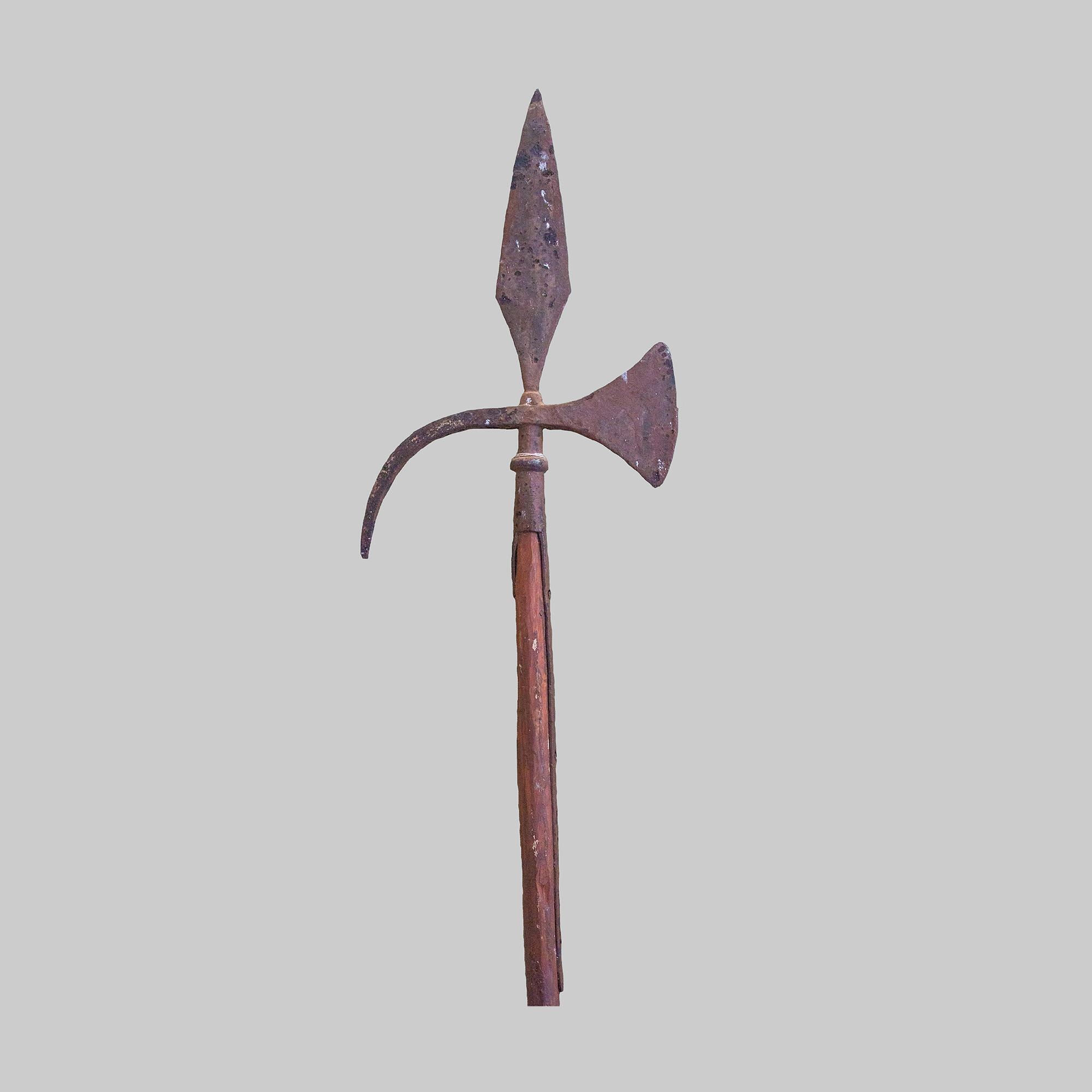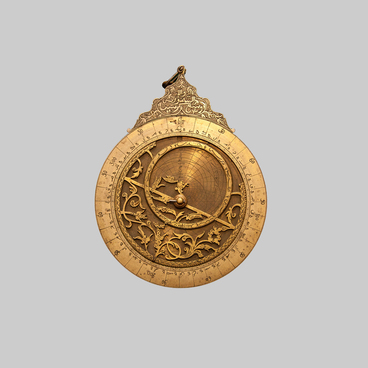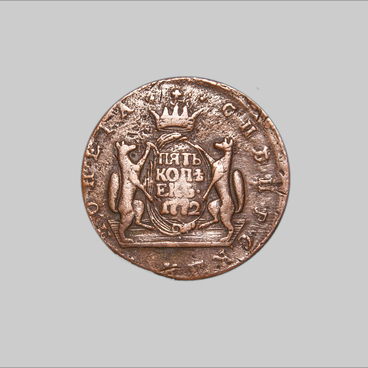Halberd - from the French ‘hallebarde’ - a pole weapon with a steel warhead. The halberds consisted of a stabbing spear in the topper, a chopping axe, and a hook on the opposite side. In the 17th-18th centuries, the warheads of halberds had a simpler form.
The first reference of halberds in Russia dates back to 1605. Throughout the 17th century, halberds were the ceremonial weapons of the royal bodyguards, and were used, for example, when meeting foreign embassies. Traditionally, it is believed that the Muscovy borrowed such weapons from the arsenal of Western European soldiers.
In the first quarter of the 18th century, some non-commissioned officers in the infantry and artillery were armed with halberds. Halberds of military models of the mid 18th — early 19th centuries were very similar in shape to another type of pole weapon — a partisan (at the base of the symmetrical leaf — a characteristic crescent). By the early 18th century these types of pole weapons, such as halberd, partisan and spontoon, appeared in the late 17th century, were no longer of military value. This weapon was considered a sign of distinction between officers and non-commissioned officers, and also played a certain auxiliary role in military exercises and in a battle, it served as a point of reference for the dressing of advancing infantry. In 1811, halberds were finally withdrawn from the army’s weaponry.
In Western Siberia, halberds apparently appeared at the end of the 17th century, along with the new order regiments, which were gradually replaced here by troops of the cossacks and the streltsy. Such weapons were part of the equipment of junior officers of infantry and artillery units. The halberd presented in the exposition is an example of a military weapon, not a ceremonial one. This is indicated by well-forged and sharpened elements — a spear, a hacket, a hook. The warhead has two metal plates that continue the socket – they are located along the shaft and are additionally connected to it using a nailed joint. This design provided a reliable connection between the warhead and the shaft and increased the combat characteristics of the halberd.
The first reference of halberds in Russia dates back to 1605. Throughout the 17th century, halberds were the ceremonial weapons of the royal bodyguards, and were used, for example, when meeting foreign embassies. Traditionally, it is believed that the Muscovy borrowed such weapons from the arsenal of Western European soldiers.
In the first quarter of the 18th century, some non-commissioned officers in the infantry and artillery were armed with halberds. Halberds of military models of the mid 18th — early 19th centuries were very similar in shape to another type of pole weapon — a partisan (at the base of the symmetrical leaf — a characteristic crescent). By the early 18th century these types of pole weapons, such as halberd, partisan and spontoon, appeared in the late 17th century, were no longer of military value. This weapon was considered a sign of distinction between officers and non-commissioned officers, and also played a certain auxiliary role in military exercises and in a battle, it served as a point of reference for the dressing of advancing infantry. In 1811, halberds were finally withdrawn from the army’s weaponry.
In Western Siberia, halberds apparently appeared at the end of the 17th century, along with the new order regiments, which were gradually replaced here by troops of the cossacks and the streltsy. Such weapons were part of the equipment of junior officers of infantry and artillery units. The halberd presented in the exposition is an example of a military weapon, not a ceremonial one. This is indicated by well-forged and sharpened elements — a spear, a hacket, a hook. The warhead has two metal plates that continue the socket – they are located along the shaft and are additionally connected to it using a nailed joint. This design provided a reliable connection between the warhead and the shaft and increased the combat characteristics of the halberd.



